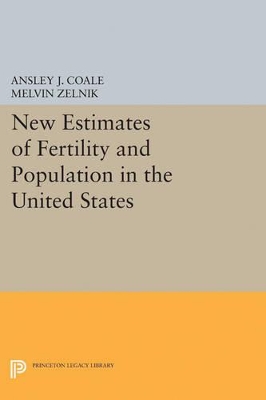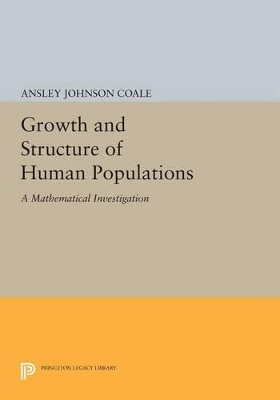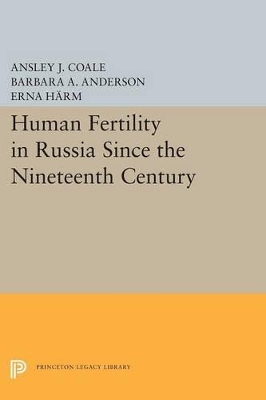Office of Population Research
3 total works
New Estimates of Fertility and Population in the United States
by Ansley Johnson Coale and Melvin Zelnik
Published 21 September 1963
Census decennial enumerations are utilized to achieve two useful estimates: (l) Annual series of estimates of births, birth rates, and fertility rates for the white population of the U.S. from 1855 to the present (the first set of data on an annual basis); (2) Adjusted single-year age distributions of native white population and estimated undercounts by five-year age groups for the white population for each census since 1880. Originally published in 1963. The Princeton Legacy Library uses the latest print-on-demand technology to again make available previously out-of-print books from the distinguished backlist of Princeton University Press. These editions preserve the original texts of these important books while presenting them in durable paperback and hardcover editions. The goal of the Princeton Legacy Library is to vastly increase access to the rich scholarly heritage found in the thousands of books published by Princeton University Press since its founding in 1905.
Although mathematical demography has traditionally studied the so-called stable population (fixed mortality and fertility schedules), Ansley Coale investigates now the dynamics of population growth and structure--the changing age composition of a population as birth and death rates fluctuate. Originally published in 1972. The Princeton Legacy Library uses the latest print-on-demand technology to again make available previously out-of-print books from the distinguished backlist of Princeton University Press. These editions preserve the original texts of these important books while presenting them in durable paperback and hardcover editions. The goal of the Princeton Legacy Library is to vastly increase access to the rich scholarly heritage found in the thousands of books published by Princeton University Press since its founding in 1905.
Human Fertility in Russia Since the Nineteenth Century
by Ansley Johnson Coale, Barbara A. Anderson, and Erna Harm
Published 21 August 1979
The birth rate in late-nineteenth century Russia was high and virtually constant, but by 1970 it had fallen by about two-thirds. Although similar reductions have occurred in other countries, the decline in Russian fertility is of particular interest because it took place in a setting of great ethnic heterogeneity and under economic and social institutions different from those in the West. This book tells the full statistical story of trends in Russian fertility since the first census in 1897 by examining the conditions--social, economic, cultural, and demographic--that existed at the beginning of and during the decline in human fertility. Originally published in 1979. The Princeton Legacy Library uses the latest print-on-demand technology to again make available previously out-of-print books from the distinguished backlist of Princeton University Press. These editions preserve the original texts of these important books while presenting them in durable paperback and hardcover editions.
The goal of the Princeton Legacy Library is to vastly increase access to the rich scholarly heritage found in the thousands of books published by Princeton University Press since its founding in 1905.
The goal of the Princeton Legacy Library is to vastly increase access to the rich scholarly heritage found in the thousands of books published by Princeton University Press since its founding in 1905.


